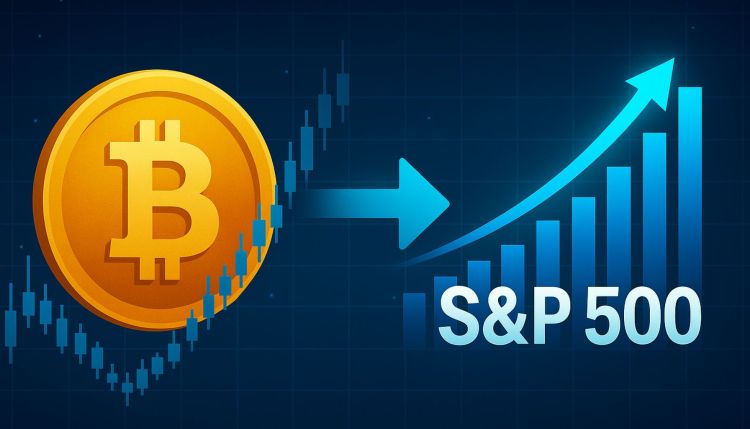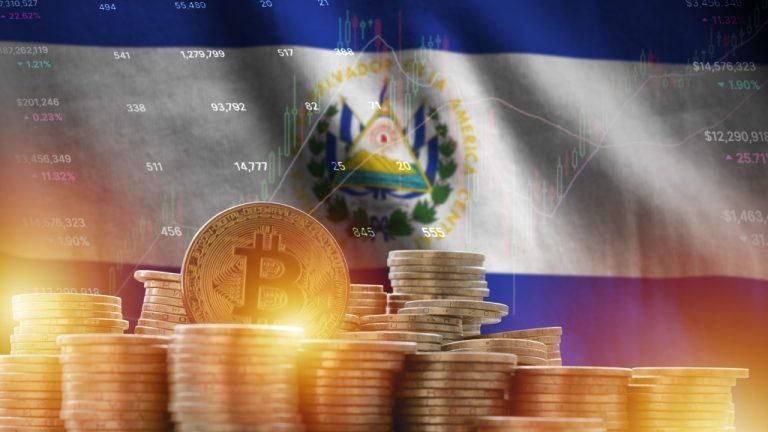Bitcoin is currently trading around significant levels after surpassing the $115,000 mark, with bullish sentiment prevailing despite ongoing consolidation beneath the $120,000 threshold. The overall trend remains positive, bolstered by consistent buying interest and solid technical indicators.
Recent data indicates that the correlation between Bitcoin and the S&P 500 has risen to 80%. In this high-correlation environment, a sustained rally in U.S. equities could provide Bitcoin with upward momentum towards new peaks, whereas a downturn in the stock market could heighten volatility for the cryptocurrency. With the S&P 500 currently experiencing a bullish trend, Bitcoin seems to be following a similar path. However, market analysts warn that such elevated correlation levels are often temporary and susceptible to abrupt changes.
Traders are vigilantly observing both equity and cryptocurrency markets, aware that any shifts in risk appetite within traditional markets could quickly influence Bitcoin's price movements. According to leading analyst Axel Adler, the recent 80% correlation highlights the significant impact of macroeconomic factors on the cryptocurrency market. Key influences such as interest rate expectations, liquidity conditions, and overall market sentiment are directly affecting Bitcoin's price dynamics.
In this context, a sustained recovery in U.S. equities is likely to create a favorable environment for Bitcoin. Conversely, a decline in stock markets could lead to negative sentiment spilling over into the crypto market, resulting in increased sell-offs and broader market instability. Adler notes that this correlation measurement is based on a one-week rolling average, which can be volatile, and historically, such spikes in correlation do not last for extended periods. While the current level is noteworthy, it is anticipated to revert to more typical levels within a few weeks.
Despite the short-term nature of this correlation spike, the analyst emphasizes that the increasing adoption of cryptocurrencies in the U.S.—from institutional products like ETFs to corporate treasury allocations—creates a positive long-term outlook. Nonetheless, traders should remain cautious of potential macroeconomic downturns, tightening liquidity, or changes in Federal Reserve policies that could swiftly alter market sentiment.
In terms of Bitcoin's price action, it is currently trading at approximately $116,565, having solidified support at $115,724, which aligns with a critical horizontal range from late July. On the four-hour chart, Bitcoin has recently moved above the 50-day, 100-day, and 200-day simple moving averages (SMAs), indicating short-term bullish momentum. These moving averages, converging near $116,000, may provide strong support if tested again.
The immediate upside target for Bitcoin is $122,077, last seen in mid-July. However, selling pressure has emerged near the $117,000 mark, suggesting a period of short-term consolidation before any potential upward movement. Trading volume has slightly decreased following the breakout, indicating that buyers may require additional momentum to maintain their position.
If Bitcoin can hold above $115,724 and the moving average cluster, bulls may look to break out towards the $118,000 to $122,000 range. Conversely, a rejection could lead to a retest of the $115,724 level, potentially resulting in a deeper pullback.











